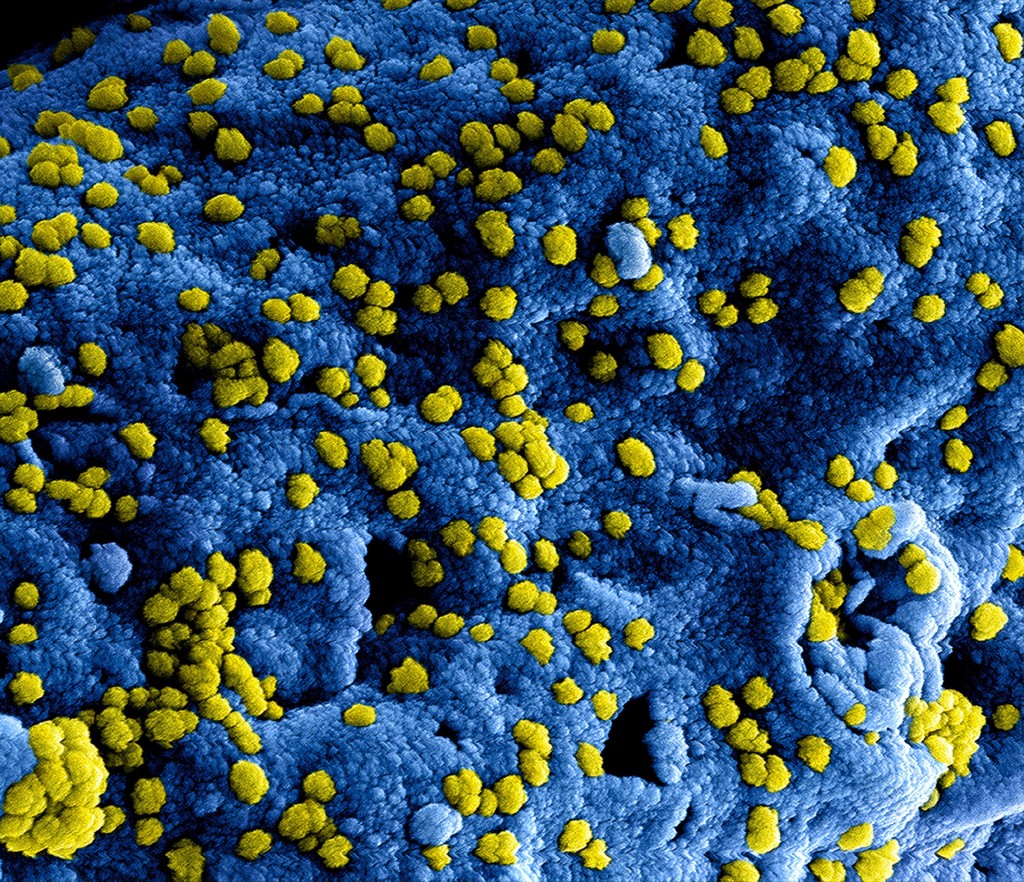Troubles From Training – Foot Infections
Training Muay Thai is tough on the feet, despite the fact we land kicks with our shins. The constant movement, pivoting and footwork generates friction which can result in blisters, sprains and cuts. Meanwhile, the contact with pads and people can bruise feet, sprain ankles and even fracture bones. Over time, the skin on the soles of your feet will toughen, making blisters less likely and the instep and top of your foot will become conditioned as to not be damaged when making contact. However, the threat of feet infections is constant, irrespective of experience and conditioning.
Hygiene in gyms varies quite drastically depending on where you train (both where in the world and whether that gym is indoors or outdoors) and also how frequently the floor is cleaned. In addition, with the cardio intensive nature of Muay Thai, sweat and bodily fluids are constantly on the floor – whether that be mats, hard flooring or a ring. Not all bacteria and fungus will survive for long on such surfaces but it doesn’t take much to catch something if you’ve got a cut or burst blister on the sole of your foot. Therefore, it’s important we look after our feet, to take preventative measures and also fight any potential infection once signs appear.
Foot infection symptoms
Different infections exhibits different symptoms. Nonetheless, if you experience any of the following, it’s worth a closer look:
- Bad odour
- Abnormally high warmth
- Red patchiness
- Scaly, dry patches
- Itchiness on feet and between toes
- Toenail discolouration
Common foot infections from training
While it’s highly unlikely you’ll catch something serious or life-threatening, foot infections are easily caught from training, especially the following:
-
Infected blisters
While it’s not strictly from training, you can also get infections from ingrown toenails. This can be a consequence of improperly trimming your toenails - which you should do regularly. After all, no-one wants to catch a long toe-nail to the face.
Causes of foot infections while training
As there is a lot of friction from pivoting and quick movement during training, our feet get warm and absorb sweat and moisture from the surfaces on which we train. This alone isn’t necessarily an issue, however, it can quickly become a problem if you do any/have any of the following:
-
Pre-existing cuts and wounds on your feet
-
Blisters, especially if they are burst
-
If, after training, you put on socks and trainers without properly washing your feet
As bacteria thrives in warm, dark, moist areas it’s key that you wash/disinfect your feet immediately after training – ideally not in a communal shower.
There's plenty of other ways you can get foot infections outside of training too and it's important that you mitigate the risks of worsening them and spreading them when you go to train.
Foot infection treatments
One of the easiest prevention methods is by thoroughly washing your feet and toes as soon as possible after training and keeping them out of socks and trainers.
If you have blisters (which you will definitely develop during the early stages of training before the skin on your feet hardens), don’t burst them! Allow them to heal over time and you can cover them during training with tape.
However, if they’ve already burst, gently wash them with warm water and smooth down the flap that remains. If you train with burst blisters, make sure to cover them during training as the exposed area is ripe for infection – especially fungal infections. It’s essential you wash feet with warm water and soap immediately after training as to reduce the chance of infection. Rubbing in an antiseptic like Dettol is also useful but should be used with care.
For fungal infections, a topical cream is useful and should be used regularly before and after training. It’s also important to keep your feet out of socks and shoes as often as possible when you have a fungal infection so the infection’s growth can’t accelerate.
Conclusion
It’s not uncommon to get some sort of infection on your feet from Muay Thai. Nonetheless, taking close care of your feet can help prevent them and speed up any recovery.
Outside of training, keeping feet cool and dry is the best way to prevent infections and also slow down the growth of any infection you may have. The early you spot and treat an infection, the better.





